Echoes of Rapa Nui
The Rise and Fall of Easter Island's Moai
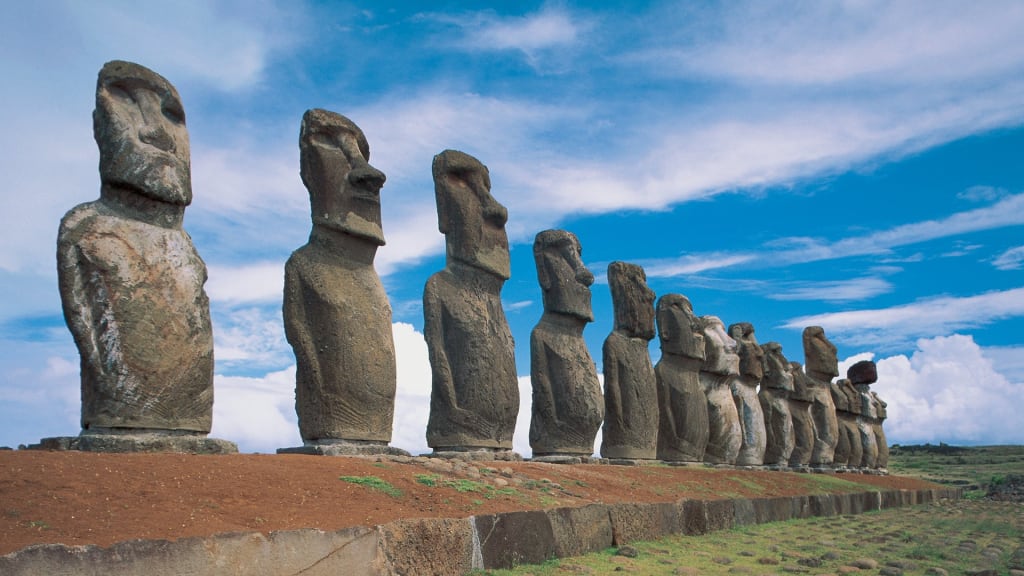
Once upon a time, nestled in the vast expanse of the Pacific Ocean, there existed a remote island steeped in mystery and wonder—Easter Island, known to its indigenous inhabitants as Rapa Nui. This tiny landmass, barely 63 square miles in size, held a profound tale of human ambition, cultural splendor, and unintended consequences.
Centuries ago, Rapa Nui thrived as a vibrant hub of Polynesian civilization. Its people forged a unique existence on this isolated outpost, deeply attuned to the rhythms of nature and the spiritual realm. At the heart of their culture stood the moai—awe-inspiring stone statues meticulously crafted from volcanic rock. These monumental figures, some towering over 30 feet tall and weighing up to 80 tons, symbolized not only artistic mastery but also profound reverence for their ancestors.
The moai were more than mere statues; they embodied the spiritual essence of Rapa Nui's people, each intricately carved face a testament to the islanders' craftsmanship and devotion. Erected along the coastline, these silent sentinels bore witness to the passage of time and the unfolding of Rapa Nui's destiny.
Yet, as the island's population grew and societal needs expanded, the Rapa Nui faced mounting pressures on their natural resources. The once-verdant forests that blanketed the island were systematically depleted. Trees were felled to transport and raise the towering moai, and as competition for dwindling resources intensified, the delicate ecosystem began to falter.
By the time European explorers first set foot on Rapa Nui in the 18th century, the island's landscape had undergone a dramatic transformation. Where lush forests once thrived, there were now barren expanses of land. The moai, symbols of cultural pride and spiritual connection, stood amidst a stark backdrop of ecological decline—a poignant reminder of the unintended consequences of human ambition.
The story of Easter Island serves as a powerful allegory for humanity's relationship with the environment. It illustrates our capacity to shape landscapes and cultures, yet also underscores the delicate balance required for sustainable existence. The rise and fall of Rapa Nui's civilization echo themes of resource depletion, societal collapse, and the resilience of the human spirit in the face of adversity.
As the island's ecosystem struggled to recover from centuries of exploitation, its population dwindled, leaving behind a haunting landscape dotted with remnants of a once-thriving civilization. The moai, with their enigmatic gazes and weathered features, stood as silent witnesses to the island's tumultuous history—a testament to the enduring legacy of human ingenuity and its unintended consequences.
Today, Easter Island stands as a living testament to both the grandeur and fragility of our planet. Conservation efforts are underway to restore its damaged ecosystems and preserve its cultural heritage. Initiatives focus on replanting native flora, reviving endemic species, and safeguarding the remaining moai from further erosion and degradation.
In the quiet solitude of Easter Island, amid the whispers of the Pacific breeze and the solemn presence of the moai, one cannot help but feel a sense of reverence and introspection. These silent sentinels, with their enigmatic gazes and weathered features, invite contemplation of our shared responsibility to protect and cherish our planet. They remind us that while human endeavors may leave enduring marks on the landscape, it is our choices—both past and present—that shape the legacy we leave behind.
As the sun sets over the tranquil shores of Rapa Nui, casting long shadows across the weathered faces of the moai, one cannot help but feel a sense of reverence and introspection. These silent sentinels, with their enigmatic gazes and weathered features, invite contemplation of our shared responsibility to protect and cherish our planet. They remind us that while human endeavors may leave enduring marks on the landscape, it is our choices—both past and present—that shape the legacy we leave behind.
The story of Easter Island is a poignant reminder of the interconnectedness of humanity and nature, and the imperative to tread lightly upon the earth. It is a story that resonates across time and space, reminding us of the profound impact of our actions and the enduring power of preservation and stewardship.
About the Creator
Enjoyed the story? Support the Creator.
Subscribe for free to receive all their stories in your feed.


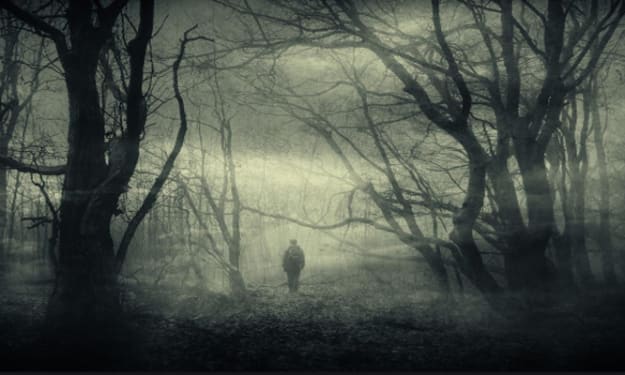
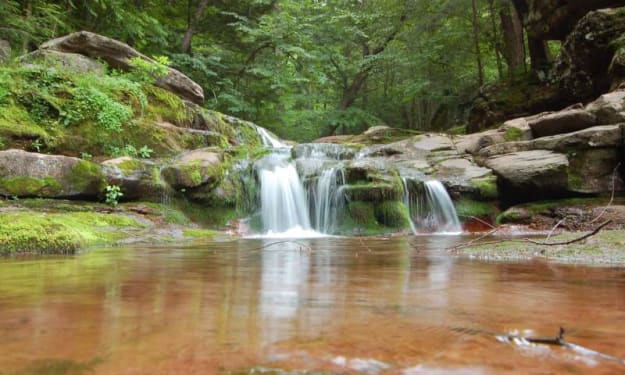
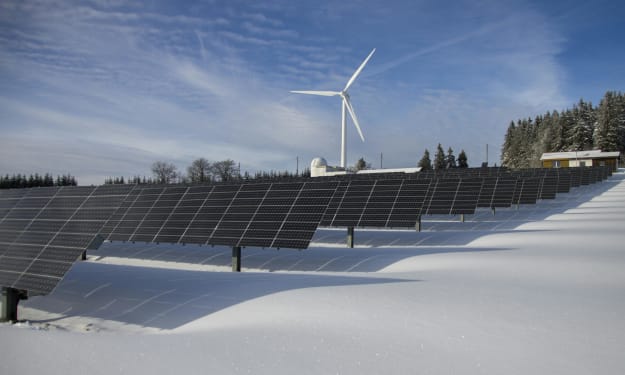
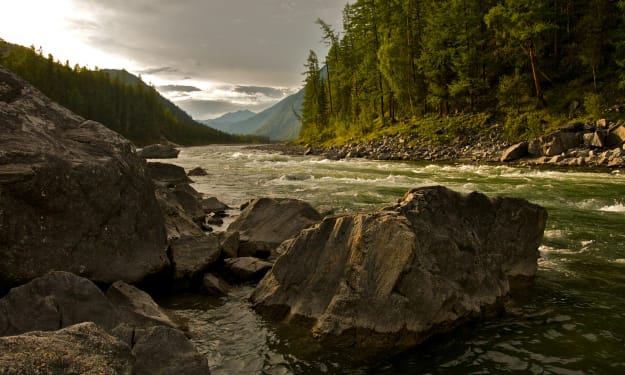
Comments
There are no comments for this story
Be the first to respond and start the conversation.